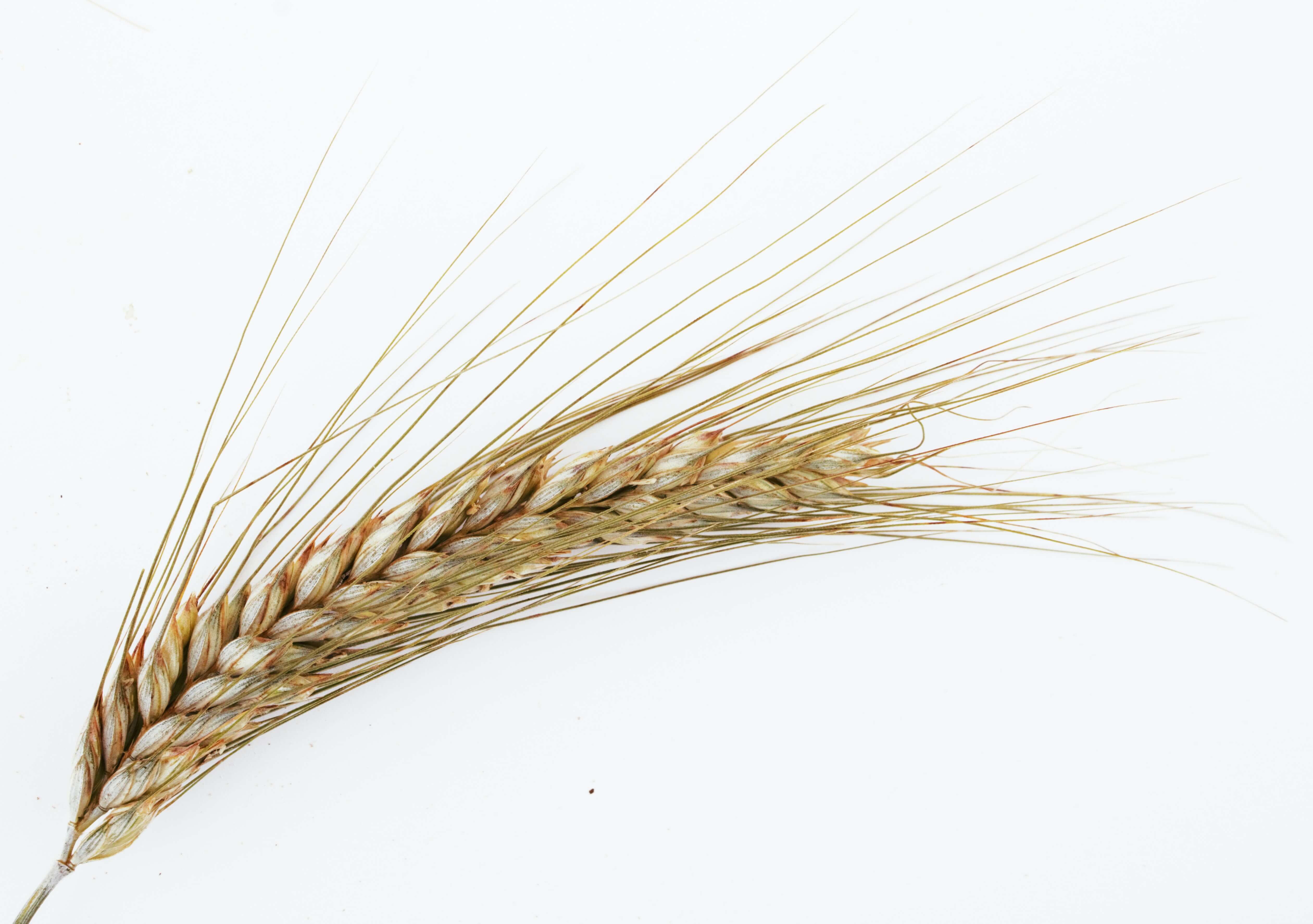Researchers have announced a significant breakthrough in wheat production that could revolutionize the industry and make cultivation more sustainable. This new approach promises to improve grain yield by up to 15.2% while maintaining the semi-dwarf, lodging-resistant characteristics that farmers value.
The green revolution varieties of wheat (Triticum aestivum L.), prized for their semi-dwarf and lodging-resistant plant architecture, owe these traits to the Reduced height-B1b (Rht-B1b) and Rht-D1b alleles. However, these alleles come with their own set of challenges. They encode gibberellin signaling repressors that stably repress plant growth, negatively affecting nitrogen-use efficiency and grain filling. This leads to smaller grains and necessitates higher nitrogen fertilizer inputs to maintain yield.
This presents a problem for modern farming. On the one hand, semi-dwarf and lodging-resistant wheat are desirable traits that reduce crop loss. But conversely, the trade-off in grain size and increased fertilizer use needs to be revised from an economic and an environmental standpoint.
Song et al., in their recent study published in 2023 on Nature, propose an innovative solution to this problem. The researchers discovered that removing the Rht-B1 and ZnF-B (a RING-type E3 ligase) genes through a natural deletion of a haploblock of about 500 kilobases resulted in semi-dwarf wheat plants with more compact architecture and significantly improved grain yield.
The loss of ZnF-B induced the semi-dwarf trait in the absence of the Rht-B1b and Rht-D1b alleles by attenuating brassinosteroid (BR) perception. In addition, znF-B usually facilitates the proteasomal destruction of the BR signaling repressor BRI1 kinase inhibitor 1 (TaBKI1), but its absence stabilizes TaBKI1, which in turn blocks BR signaling transduction. This effectively bypasses the drawbacks of the Rht-B1b and Rht-D1b alleles.
The findings offer an exciting new pathway for developing high-yield semi-dwarf wheat varieties. By manipulating the BR signal pathway, researchers can design wheat varieties that maintain the benefits of the green revolution strains while avoiding the disadvantages.
This research could have substantial implications for global wheat production, potentially increasing yields and reducing the need for nitrogen fertilizers. In addition, it’s an essential step towards more sustainable and efficient wheat farming, contributing to the global effort to meet the food demands of a growing population in a changing climate.
Read the complete study here.
Photo by Marek Studzinski on Unsplash


